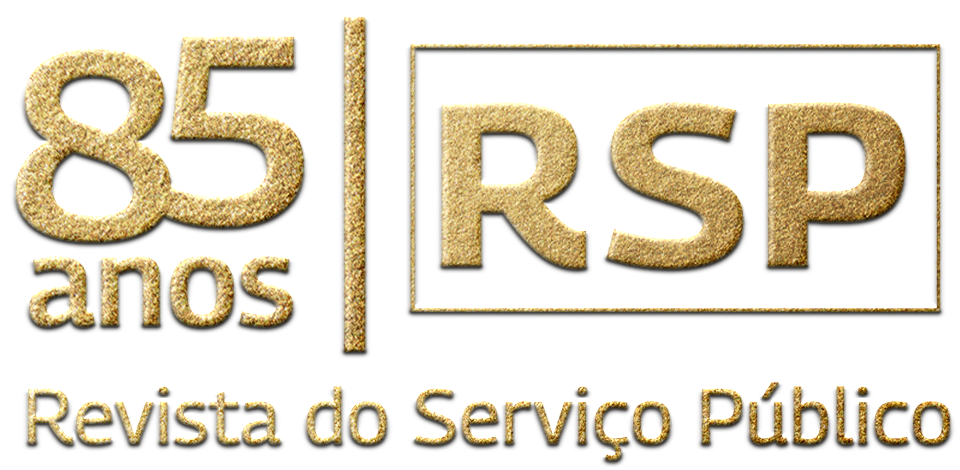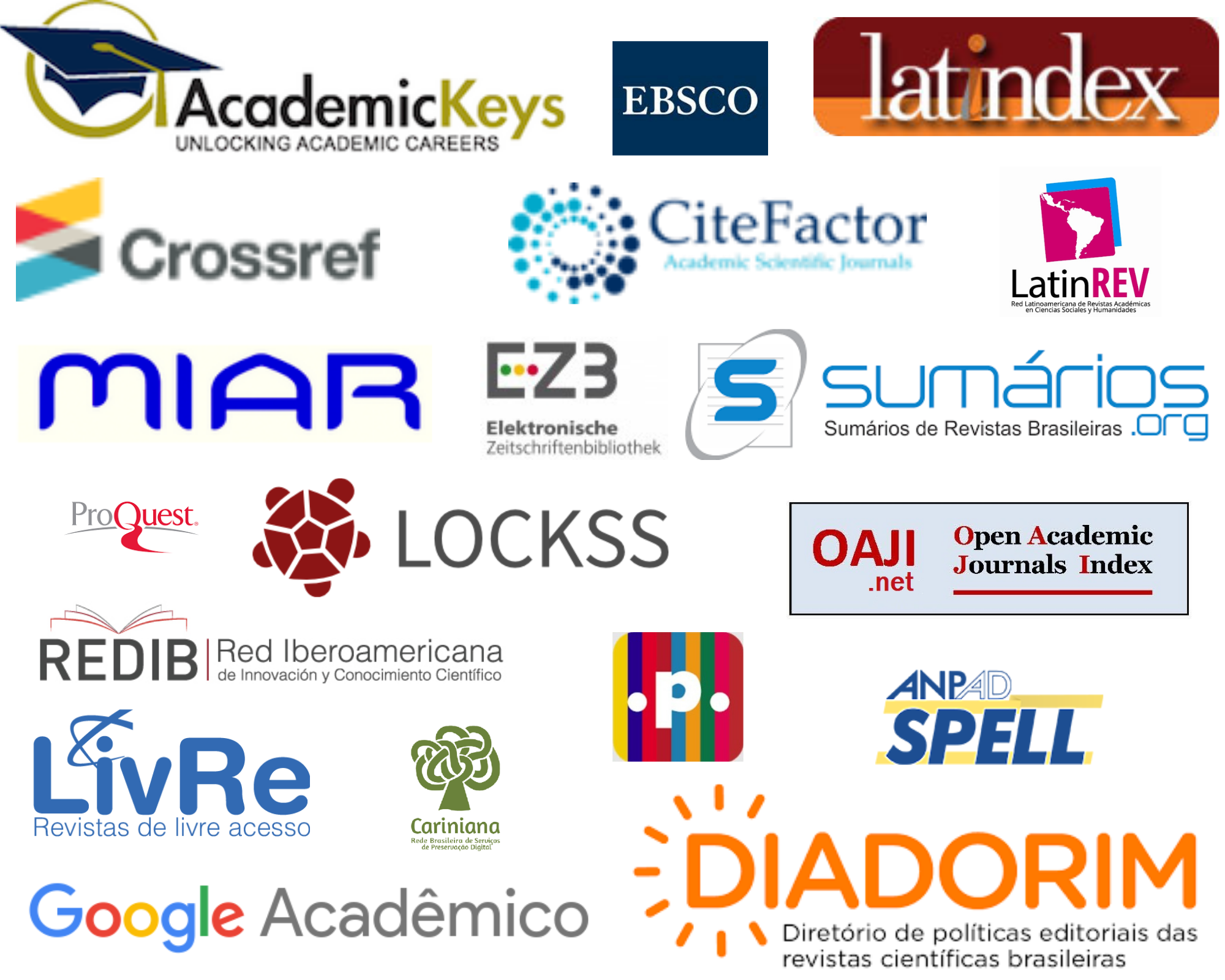Code of Ethics
Code of Ethics
Based on the guidelines of the Committee on Publication Ethics (COPE and the Publishing Ethics Resource Kit), PERK / Elsevier is responsible for identifying plagiarism, fraud, and any possible unethical practices. Based on Law No. 9,610, of 19 February 1998 (a critical foundation for the copyright law in Brazil), all submission will strictly be following the following principles:
a) Authorship:
- The maximum number of authors of each article is 6 (six).
- Once the article is submitted, no change in its authorship will be allowed, including but not limited to the removal, addition, or substitution of the author(s)’ name(s).
b) Plagiarism and Duplication:
- According to the RSP Regulation, chapter VIII, third paragraph, it is considered:
I - Plagiarism: representing another author's language, thoughts, ideas, or expressions as one's original work without proper citing.
II - Duplicity: copying another author’s language, thoughts, ideas, or expressions (in either physical or electronic format, except conference proceedings) that have been published without proper citing.
- The editors will evaluate the works submitted to the RSP with anti-plagiarism software in the editorial process, to identify plagiarism and duplication.
- If in the editorial process, any plagiarism or duplication is identified, the editorial team will investigate the specific case and communicate with the author(s). The editorial team reserve the right to communicate with the institution where the research is conducted and any associated funding agency. The editorial team may request the necessary change in or the removal of the article submitted.
- The RSP will investigate any complaint filed against the article that has been published. Once plagiarism or duplicity is identified, the article is subject to retraction. (Please refer to the related guidelines at the end of this page)
c) Dual Submission:
- As stated in the item “Conditions for submission” on the RSP website, upon the submission of the article, the authors agree that it is original, unpublished and it is not in the evaluation process of any other journal.
d) Conflict of interest
- As stated in the RSP Regulation, chapter VI, desk review and blind review will be carried out without any author’s information disclosed.
- As emphasized on the RSP website, the author should be meticulous about not displaying any information that potentially exposes the author’s identity to ensure the efficacy and justice of the blind peer-review process.
- As instructed in Appendix I, the referees are advised to inform the editor immediately if any possible exposure of the author’s identity is identified in the article.
- In principle, the reviewers are not working or have worked in the same department of the same affiliated institution, have co-authorship, or any equivalent level of academic partnership previously with any author(s).
e) Research fraud
- If in the editorial process, any fraud is identified, the editorial team will investigate the specific case and communicate with the author(s). The editorial team reserve the right to communicate with the institution where the research is conducted and any associated funding agency. The editorial team may request the necessary change in or the removal of the article submitted.
- The RSP will investigate any complaint filed against the article that has been published. Once the fraud is identified, the article is subject to retraction. (Please refer to the related guidelines at the end of this page)
Guidelines for Article Retraction:
Under the following conditions, an article will be subject to retraction:
- Academic fraud (including but not limited to data manufacturing, calculation error, or experimental error)
- Academic plagiarism and duplication
- Unethicalness
A retraction may be initiated by the editors of a journal, or by the author(s) of the papers (or their institution). Retractions are typically accompanied by a retraction notice written by the editors or authors explaining the reason for the retraction. Such notices may also include a note from the authors with apologies for the previous error and/or expressions of gratitude to persons who disclosed the error to the author.
Any retracted article will be removed from where it was originally published. If the article is in HTML and XML format, only the message with specific reasons written by editors will be added alongside the original published article. If the article is in PDF format, a notice of retraction will be added at the beginning of the original text. Once the article is retracted, it will be printed with the watermark stripe that makes it impossible to use and difficult to read.
Here is the sample of the message from the editor concerning the retraction of an article:
The Editorial Team of Revista do Serviço Público decided, after analysis, to proceed with the formal withdrawal of the following work:
FULANO, A. and FULANA, B. Abcde fg hijklmn. Revista do Serviço Público, vol. XX, n. x, p. xx-xx. doi: http://dx.doi.org/xxxxxxxxxxxxxxx
Since this is a copy (with the exception of short excerpts) of another previously published:
FULANO, A. and FULANA, B. Abcde fg hijklmn. Magazine XXXXXXXXXX, vol. XX, n. x, p. xx-xx. doi: http://dx.doi.org/xxxxxxxxxxxxxxx
Prof. XXXXXX
Chief Editor
Example of the presentation of an article portrayed in the summary in html / xml:
[PORTRAITED ARTICLE] FULANO, A. and FULANA, B. Abcde fg hijklmn. Revista do Serviço Público, vol. XX, n. x, p. xx-xx.
(Publication date: 02/04/2015)


